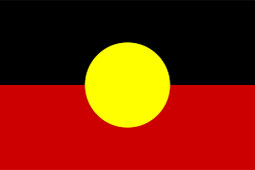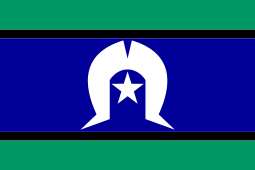What is a laparoscopic cholecystectomy?

Laparoscopic Cholecystectomy, or removal of the gallbladder, is performed for several different reasons. These can include:
- Gallstones/ sludge related symptoms
- Non-functioning gallbladder
- Gallbladder polyps > 10mm
The removal of a gallbladder is a common operation and is usually performed laparoscopically (via keyhole).
A routine cholangiogram (the injection of dye to outline the anatomy of the bile ducts) is performed in order to rule out stones in the main bile duct and confirm the anatomy.
Surgical risks of a laparoscopic cholecystectomy
Despite the routine nature of this procedure, it is still surgery and can therefore carry risks associated with it.
What are the risks during the surgery?
- Bleeding from vessels close to the gallbladder or from the liver.
- If there is some difficulty in identifying the anatomy, it may not be safe to continue the procedure laparoscopically. In this case, the surgery may have to be converted to open surgery. The gallbladder would then be removed through a large incision made on the right side of the abdomen.
- Damage to the bile duct. This outcome is uncommon and may require further surgeries to repair.
- As with most surgeries, there are risks involved with the anaesthetic you are administered during the procedure. These risks include potential damage to teeth, anaphylactic reaction to the medication, stroke or heart attack.
Short Term Risks Post-Procedure
- Pain
- Shoulder tip pain from the gas trapped under the diaphragm.
- Discomfort from a surgical drain placed at the time of the surgery.
- Nausea and vomiting
- Leakage of bile from the bile duct
- Infection
- Blood clots in the calf muscle in the leg or lung
- Seroma at the site of the incision
Long Term Risks Post-Procedure
- Scar formation
- Hernia
- Adhesions – rare after keyhole surgery.
- Persistent diarrhoea
- Intolerance to certain foods
Most patients are usually discharged the day after surgery.
Post-Operative Care
- Patients are discharged with analgesia such as paracetamol and Palexia.
- The dressings are changed prior to discharge, and patients will be advised to remove the new dressings in 3 days at home.
- The dressings are waterproof – patients can have showers with the dressings.
- There will be a little blood-stained fluid under the dressings. Just rinse it off in the shower and dab dry with a clean towel. The sutures are buried under the skin, and they dissolve by themselves. Occasionally the edges of the sutures may stick out for a few weeks.
- A follow-up appointment will be made 6 weeks post-procedure.
- There are no restrictions on diet. Just listen to your body to tell you when you are ready for spicy or fatty foods. Alcohol (in moderation) is permitted. However, most people have some intolerance to fatty food and may get “phantom” pain on the right side of the abdomen for a few days.
- It is recommended that you have 7-14 days off work and no heavy lifting (more than a chair) for 4 weeks. You should avoid rigorous, competitive sport for 4-6 weeks.
- Rest when you feel tired. Getting enough sleep will help you recover.
- Try to walk each day. Start by walking a little more than you did the day before. Bit by bit, increase the amount you walk. Walking boosts blood flow and helps prevent pneumonia and constipation.
- You may drive when you are no longer taking pain medicine and can quickly move your foot from the gas pedal to the brake. You must also be able to sit comfortably for a long period of time, even if you do not plan to go far.
Follow-up care is a key part of your treatment and safety. Make sure to schedule and attend all follow-up appointments.
If there are any concerns, please phone my rooms on 08 81646727 or send us an email at inquiries@drganeshsurgery.au






